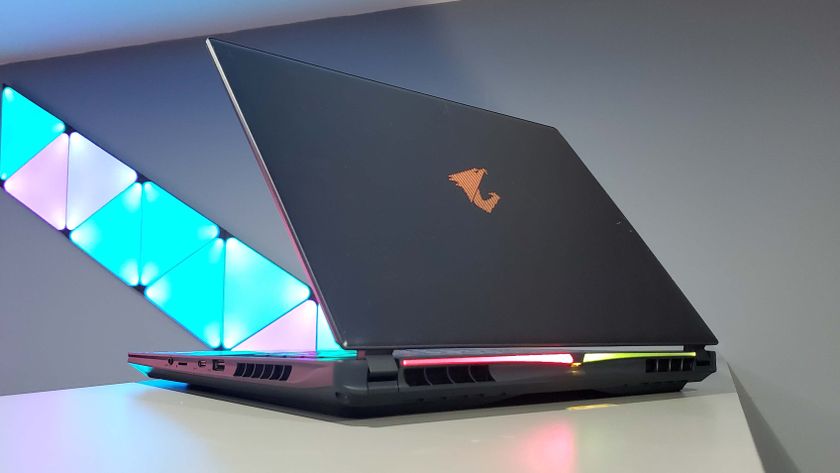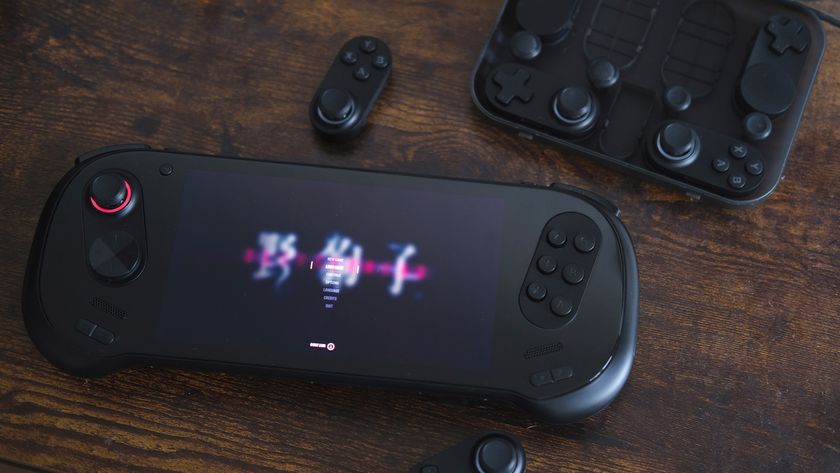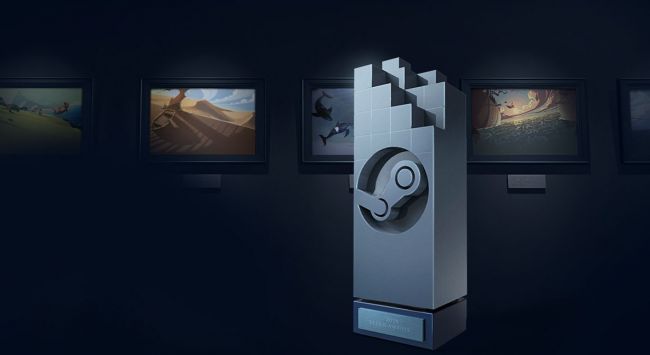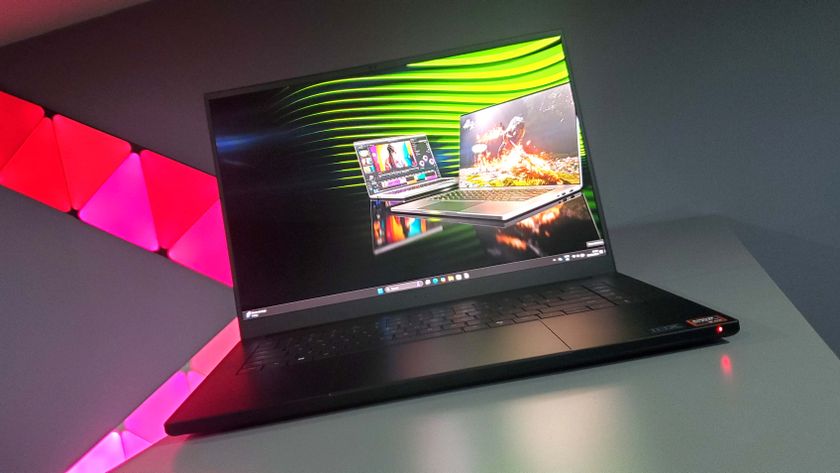Laptop vs. Desktop
Mobile High-End GPUs
A closer look at what you can achieve with a laptop
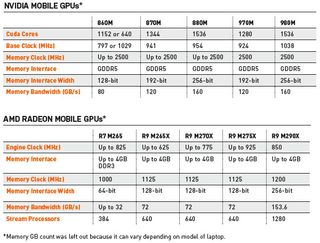
Above are charts showing the latest and greatest mobile GPUs from both Nvidia and AMD. Keep in mind that because of architectural differences, numbers should only be considered across the same brands, not across the board, for an accurate
apples-to-apples comparison.
Even then, the comparison can be misleading. Nvidia’s latest Maxwell GPUs, for instance, have CUDA cores that do far more pixel processing per clock than the older Kepler tech. So, the 1,536 cores in the 980M are far more powerful than the same number of cores in the 880M. That said, AMD uses pretty much the same GCN stream processors across its current model range.
Nvidia’s Battery Boost Revisited
Revised power management now delivers. A little...
If you can remember our August 2014 issue, we weren’t too impressed with Nvidia’s Battery Boost when it came out. For the uninitiated, the feature throttles gaming performance to optimize battery life, but we saw little-to-no gains. Nvidia acknowledged an issue and has been trying to rectify that with its mobile Maxwell GPUs. We tested it with our Asus ROG G751, with its Nvidia GTX 980M, and saw a small gain this time.
For our benchmark, we did A/B testing by looping the Tomb Raider graphics benchmark until our G751 died. With Battery Boost disabled, the laptop ran around 50fps average and lasted 70 minutes. With Battery Boost enabled, we got 80 minutes. Ten minutes extra may not sound much, but a 15 percent bonus is nothing to sneeze at. But keep in mind, you’ll be trading frames per second for those extra minutes, as the frame rate target. All in all, it’s a small gain, and you won’t be leaving your laptop charger behind anytime soon.
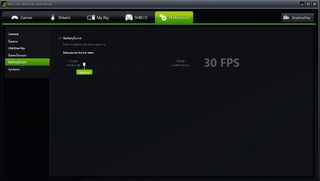
Battery Boost defaults to 30fps, but you can change that.
Laptop vs Desktop: Crunching the Numbers
Can mobile GPUs really offer 80 percent of the performance of their desktop siblings?
Nvidia claims its 980M GPU can muster 70–80 percent of the horsepower its desktop sibling offers, and so this month we decided to put that claim to the test by pitting Asus’s new ROG G751 against a 980 GeForce GTX box we put together ourselves.
We ran a host of gaming benchmarks at maximum settings at both 1080p and 2560x1600 resolution across both systems. We also threw a high-end quad-core CPU into our box—specifically, Intel’s i7-4790K Devil’s Canyon processor—because we wanted to see how a high-end quad-core desktop CPU stacks up against a high-end mobile equivalent.
The biggest gaming news, reviews and hardware deals
Keep up to date with the most important stories and the best deals, as picked by the PC Gamer team.
How did the two compare? While Nvidia’s claim wasn’t totally off-base, there were only two tests in our graphics benchmarks in which it really lived up to the claim. The mobile GPU version of Batman: Arkham Origins at 1080p and 3D Mark 11 at Extreme settings both ran over 80 percent as fast as its desktop counterpart, which was surprisingly impressive.
The rest of the numbers, however, don’t stack up nearly as well. We saw the largest split in Bioshock Infinite a t 1080p, w here the mobile GPU got blasted by roughly 80 percent. The rest of the GPU benchmarks show leads for the desktop GPU by roughly 35–45 percent, which is still quite impressive given the fact the 980 GTX desktop is a badass graphics card.
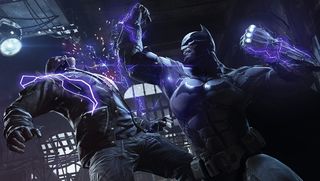
Nvidia’s GPU boasts rang true for Batman, but Bioshock and Hitman fared less well.
From an experiential perspective, our Nomad laptop is equipped with a 1080p monitor, and with the exception of Hitman: Absolution, which is quite the system hog at maximum settings, the system was overkill and played any game we threw at it well over 60fps. When we hooked up the laptop to a 2560 display, however, Hitman became unplayable at maximum, reporting average frame rates in the mid-20s. Batman: Arkham Origins’ frame rates nearly split in half. As powerful as these mobile GPUs are, high-resolution displays do a great job of highlighting the importance of having a kick ass desktop GPU.
But what of the CPU side? It was surprisingly unanimous across the board in favor of Devil’s Canyon, by about 45 percent. Ultimately, then, there’s no getting away from the thermal and power constraints of a mobile form factor. The laws of physics simply get in the way.


